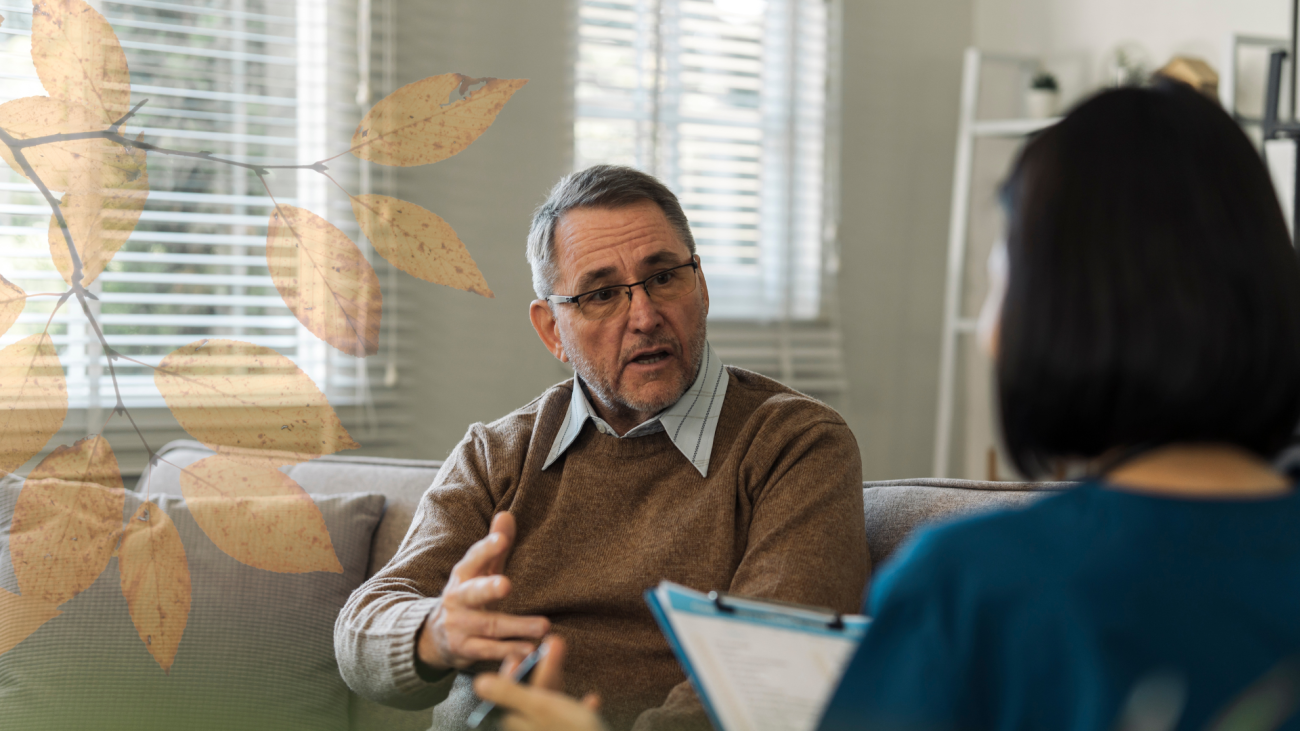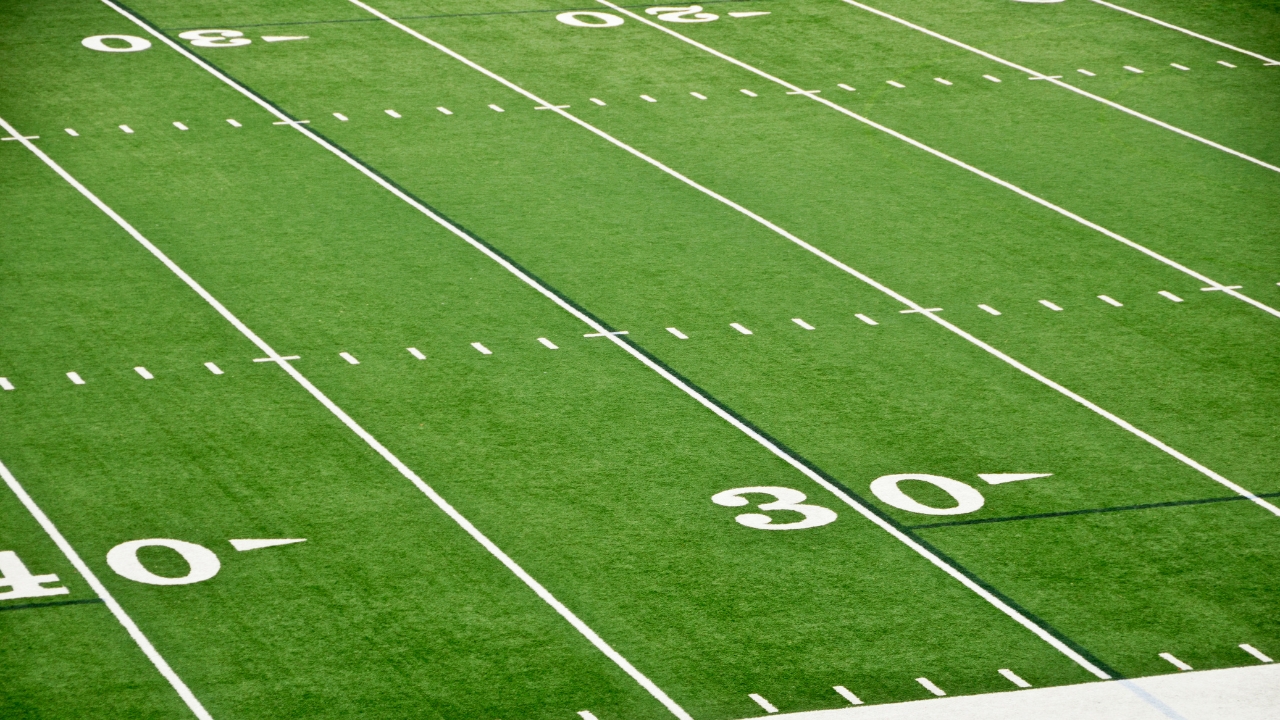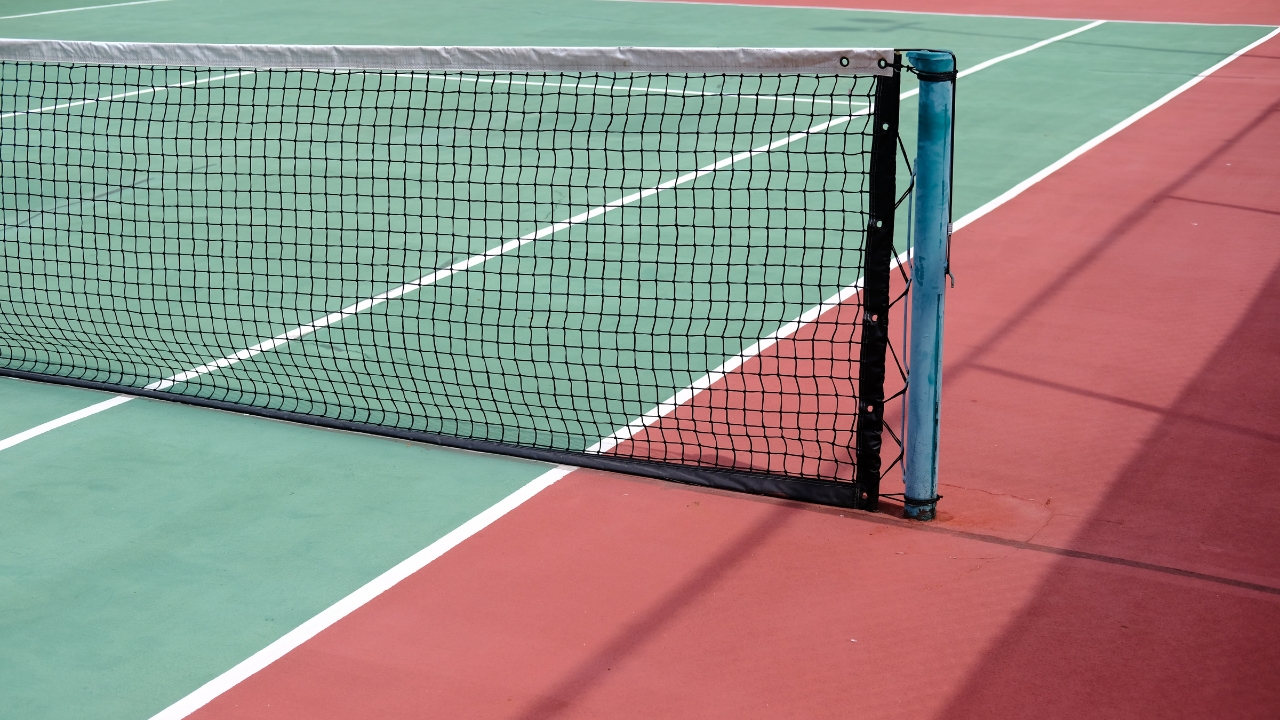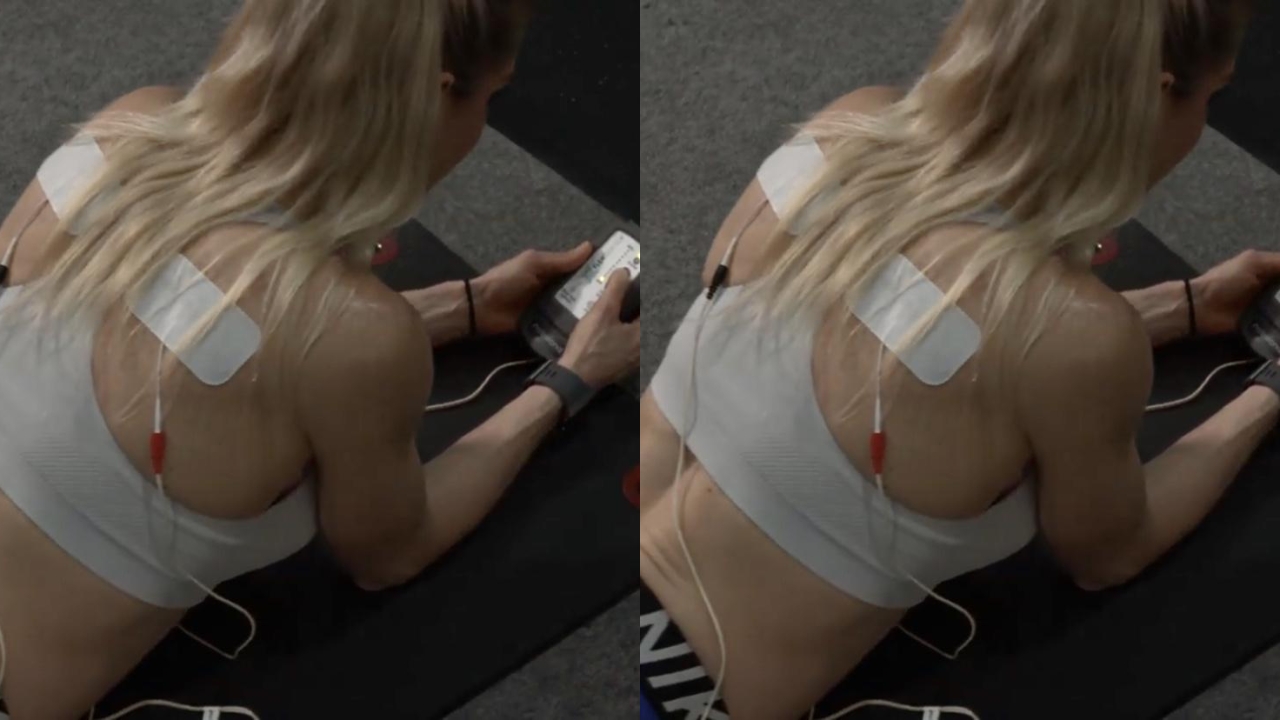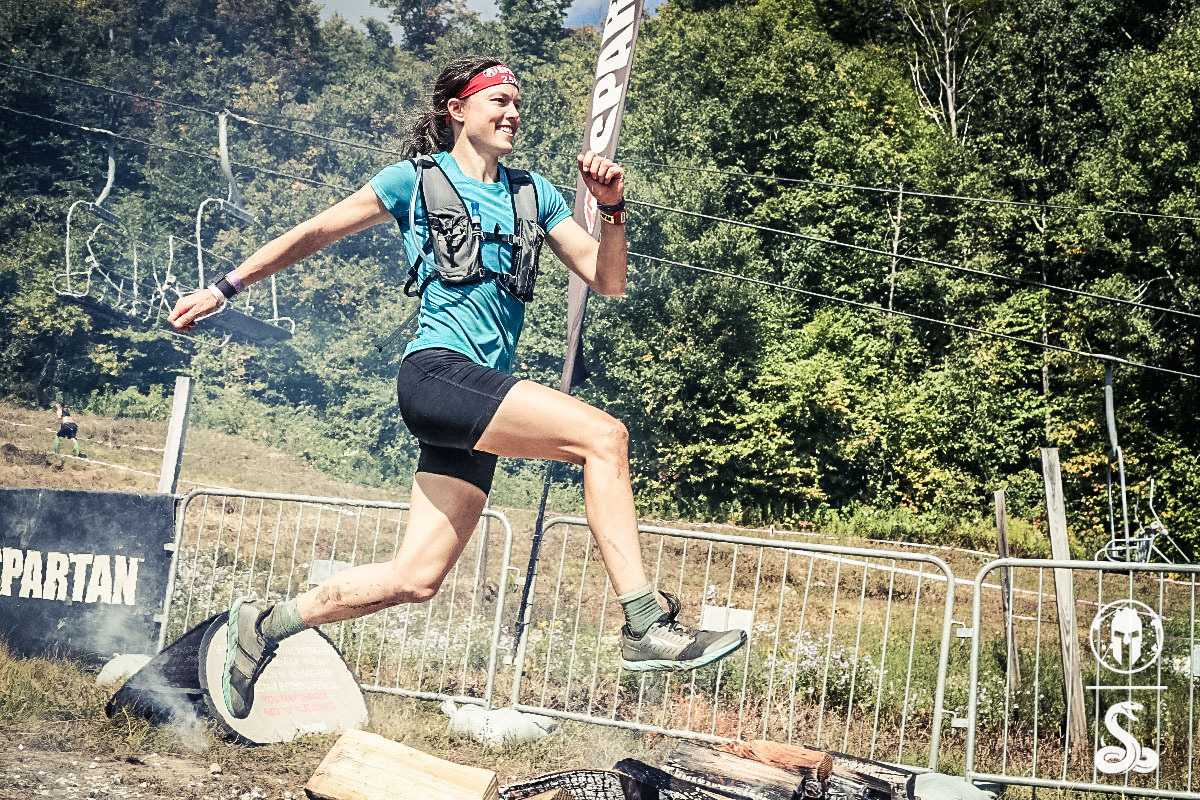
ARPwave Resources
The High Cost of Competition: Why ACL Injuries Are Plaguing High School Athletes
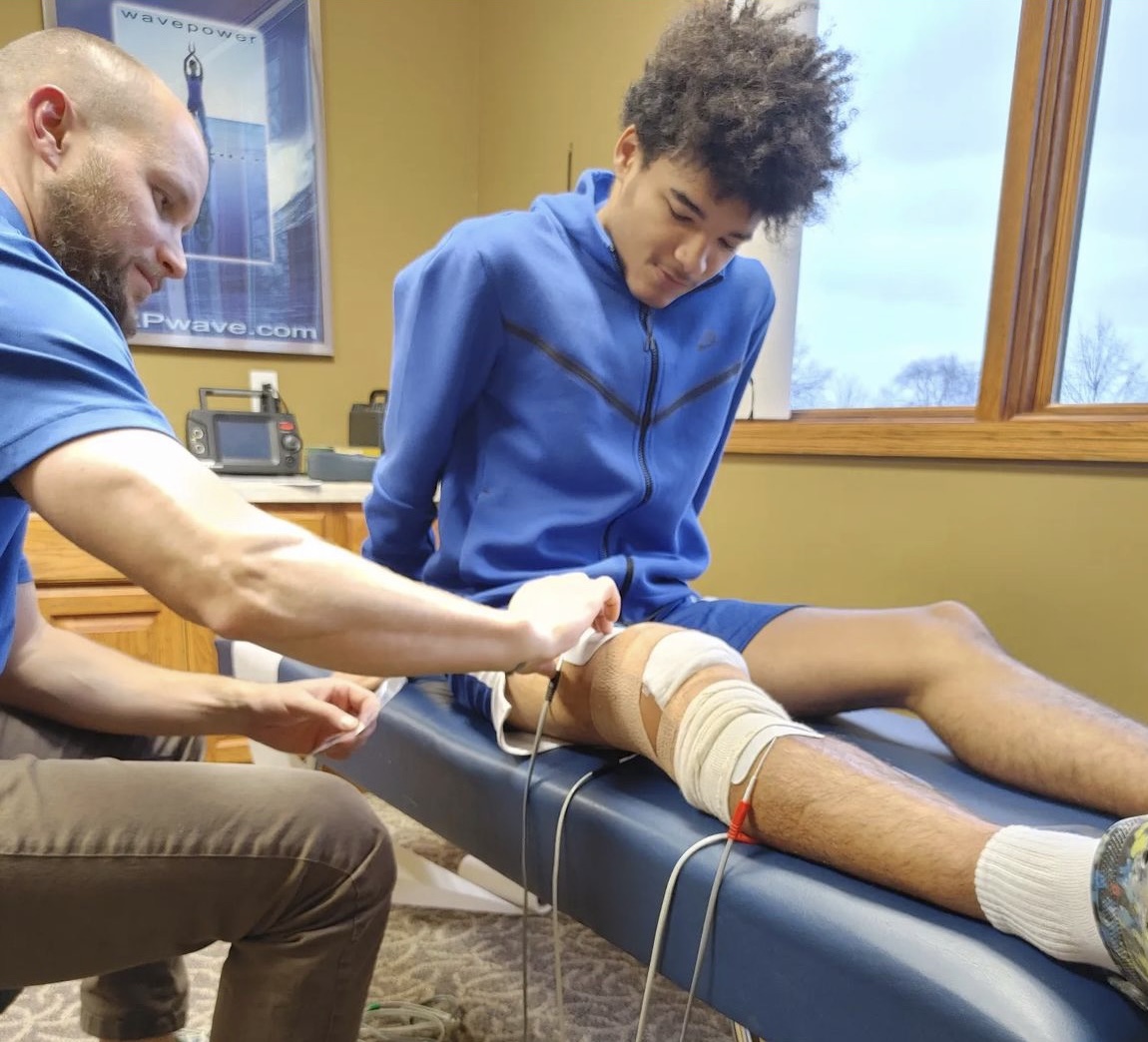
Every year, thousands of high school athletes across the United States are sidelined by a common yet devastating injury: the tearing of the anterior cruciate ligament (ACL). Once primarily associated with professional and collegiate athletics, ACL injuries are now alarmingly prevalent in teens, particularly those involved in competitive sports. The rise of these injuries is not just a statistical anomaly — it’s a reflection of the physical, biological, and structural demands placed on developing bodies during some of their most formative years.
What Is the ACL and Why Does It Matter?
The ACL is one of the four key ligaments that stabilize the knee joint. It plays a central role in controlling forward motion and rotational stability. This makes it especially vulnerable in sports that require rapid acceleration, sudden stops, cutting maneuvers, jumping, and pivoting — all of which are common in high school sports like soccer, basketball, football, volleyball, lacrosse, and gymnastics.
When torn, the ACL doesn’t heal on its own. Treatment often involves surgical reconstruction, followed by 6–12 months of rehabilitation. For a high school athlete, that’s not just a lost season — it can derail college recruitment, social engagement, and even long-term athletic confidence.
Why Are High School Athletes So Susceptible?
There are several intertwined reasons why ACL injuries are so common in teenagers:
1. Growth and Biomechanical Changes
Adolescence is a time of rapid growth. As bones lengthen quickly during puberty, muscles and tendons can struggle to keep up, leading to temporary imbalances in coordination and strength. These imbalances often cause poor landing mechanics and joint instability, setting the stage for injuries like ACL tears.
2. Neuromuscular Control Is Underdeveloped
Most teenagers, particularly those who specialize in one sport too early, lack proper neuromuscular training — the kind that teaches the body how to land safely, decelerate
properly, and pivot with control. Without it, athletes often rely on poor movement patterns that put excessive stress on the knees.
3. Overuse and Early Sport Specialization
Modern athletic culture increasingly encourages year-round training and single-sport focus. This leads to overuse of the same muscles and ligaments without adequate rest, recovery, or cross-training. Unlike professionals, teens are still growing — and their musculoskeletal systems are not designed to handle such repetitive high-intensity stress.
Gender Differences: Why Female Athletes Are at Higher Risk
One of the most notable — and concerning — aspects of ACL injuries in high school sports is the disproportionate impact on female athletes. Studies have shown that girls are 2 to 8 times more likely to suffer an ACL injury than boys playing the same sports. This gap becomes particularly stark during and after puberty.
Factors Contributing to the Gender Gap:
- Anatomical Differences: Women tend to have wider hips and a more inward angle at the knee (called the “Q-angle”), which can increase the stress on the ACL during movement.
- Hormonal Influences: Fluctuations in estrogen levels can affect ligament laxity and joint stability.
- Biomechanical Patterns: Female athletes often land with straighter knees and less hip and knee flexion, increasing the force transmitted directly to the ACL.
- Muscle Imbalance: Males typically develop stronger hamstring muscles relative to their quadriceps, which helps protect the ACL. Many female athletes have dominant quads and weaker hamstrings, reducing dynamic knee stability.
Because of these factors, sports like girls’ soccer, basketball, and volleyball have some of the highest ACL injury rates of any high school activities.
Sport-Specific Risks
Different sports pose different levels of risk based on their physical demands:
- Soccer: High incidence due to rapid cutting, non-contact pivoting, and landing mechanics.
- Basketball: Jumping, rebounding, and quick changes in direction lead to both contact and non-contact ACL injuries.
- Football: Contact plays a larger role, with tackles and blocks causing sudden knee trauma.
- Lacrosse: Combines cutting, sprinting, and frequent directional changes — especially risky for female players.
- Volleyball and Gymnastics: Repetitive jumping and landings heighten stress on the knees, particularly when form breaks down.
The Long-Term Consequences
An ACL injury doesn’t just affect a single season. For many high school athletes, it can:
- Derail scholarship opportunities and recruitment
- Cause lingering physical limitations, including early-onset arthritis
- Increase the risk of reinjury, particularly in young female athletes
- Affect mental health through anxiety, depression, and fear of return to play
Even after surgery and rehab, athletes often face significant psychological barriers, such as a lack of trust in the knee or a diminished sense of athletic identity.
Prevention: What Schools and Coaches Can Do
Research is clear: ACL injuries can be prevented through the implementation of structured neuromuscular training programs, especially when introduced during early adolescence.
The Role of ARPwave in ACL Recovery and Injury Prevention for Teen Athletes
In the search for advanced recovery methods that go beyond traditional physical therapy, ARPwave therapy (Accelerated Recovery Performance) has emerged as a promising solution — particularly for young athletes recovering from ACL injuries.
What Is ARPwave Therapy?
ARPwave is a neuro-muscular stimulation therapy that uses a proprietary electrical current and protocols to:
- Retrain the nervous system
- Reduce compensatory movement patterns
- Accelerate muscle activation
- Speed up recovery from surgery or injury
Unlike conventional electrical stimulation (like TENS), ARPwave targets neurological patterns of dysfunction, not just the muscles. This is critical after an ACL injury, where improper firing patterns, muscle imbalances, and guarding behaviors often persist long after surgery.
How ARPwave Benefits Teen ACL Recovery
For teenage athletes recovering from ACL surgery, ARPwave can play a pivotal role in restoring normal function — both faster and more completely:
- Improved Range of Motion Early in Rehab: ARPwave can help reduce post-surgical inflammation and scar tissue buildup, making it easier for young patients to regain knee mobility during the early stages of rehab.
- Faster Muscle Re-Education: After ACL surgery, quadriceps inhibition is common. ARPwave helps re-establish correct neuromuscular firing, allowing teens to rebuild strength more efficiently and avoid long-term atrophy or imbalances.
- Reduced Risk of Reinjury: Since ARPwave focuses on correcting dysfunctional movement patterns and enhancing neurological control, it can address root causes of poor biomechanics that often lead to second injuries.
- Less Pain, Faster Progress: Many teens report reduced pain levels during rehabilitation sessions, which encourages more consistent participation and can shorten the overall rehab timeline.
ARPwave for Injury Prevention in High-Risk Athletes
Even beyond recovery, ARPwave can be used proactively for high-risk teen athletes — especially females in sports like soccer or basketball — by:
- Optimizing muscle coordination
- Identifying and correcting imbalances
- Training the body to move more efficiently under load
This kind of neuromuscular reprogramming may be a key piece in preventing ACL injuries before they happen, especially in teens whose movement patterns have not yet been fully established.
Conclusion: A Holistic Approach to Protecting Young Athletes
ACL injuries can be life-changing for high school athletes, but they don’t have to define their future. By combining smart prevention strategies, evidence-based strength and neuromuscular training, and advanced rehabilitation tools like ARPwave, we can dramatically improve recovery outcomes and reduce the risk of repeat injuries.
Teen athletes are at a unique stage of development — still growing, still learning how to move, and often still discovering their athletic potential. Supporting them with the right tools, knowledge, and therapies ensures that a single injury doesn’t permanently derail a promising path.


